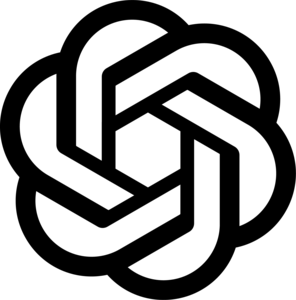 In small businesses capital good and assets are major investments. Managing them efficiently should therefore be of paramount importance. Paper-based way of asset tracking and record keeping is time-consuming if not error-prone and costly.
In small businesses capital good and assets are major investments. Managing them efficiently should therefore be of paramount importance. Paper-based way of asset tracking and record keeping is time-consuming if not error-prone and costly.
Using QR Code can make the process simple, fast and entirely digital. It can streamline processes, improve worker productivity, enhance asset traceability, ensure accurate record keeping and importantly deliver cost reduction due to higher asset utilization and reduced worker downtime.
In a typical case, the asset manager uses a smartphone App to generate QR Code for each asset. He/She prints them and fixes each QR code on respective asset. Now workers start using the App to update current status. The Asset manager can track all assets from his smartphone from anywhere in real-time.
In a recent survey, organizations acknowledged the challenges they faced in maintaining accurate asset records. QR code-based digital asset tracking systems alleviate these issues by automating the data capture process. Every time an asset is scanned, relevant information such as location, maintenance history, and user details are recorded digitally, ensuring a comprehensive and reliable record-keeping system. This accuracy not only saves time but also improves overall data integrity.
A study claimed that businesses can reduce asset loss by up to 50% through effective tracking and management.
In summary,
- One can create, print, label and track existing assets using QR codes at a marginal cost of RFID based system.
- QR Codes are extremely convenient as they can be accessed and generated through mobile App
- QR Codes are a lot more resilient and flexible compared to bar codes.
- App can help one to customize alerts / notifications to track asset check-in / check-outs.
- QR code also help one to track asset service dates and asset service renewal dates using real-time App notifications.
- One major benefit is that using QR Code, the organization can easily monitor asset’s condition digitally throughout the asset’s life. With asset audit becoming entirely digital, business’s ability to plan ahead for future procurement becomes so much easier.
INDTRAC QR Code App helps businesses track their assets digitally with QR Code alone.
 After installing the App, follow the link to register your site. Once site is ready and live, which typically takes about twenty-four hours, you can login to the App. By default you are the Admin of your site.
After installing the App, follow the link to register your site. Once site is ready and live, which typically takes about twenty-four hours, you can login to the App. By default you are the Admin of your site. ChatGPT is making a lot of waves. So I thought why not try ChatGPT to answer some basics about RTLS. Here are some excerpts, a little lengthy for my comfort but to be frank, composition and style are comparable to any good marketing content!
ChatGPT is making a lot of waves. So I thought why not try ChatGPT to answer some basics about RTLS. Here are some excerpts, a little lengthy for my comfort but to be frank, composition and style are comparable to any good marketing content! Healthcare Industry is constantly upgrading technologies to improve service predictability and reduce cost. One of the trends that we see this year is more pronounced use of automated data capture system instead of manual form filling. There are many benefits for sure. Here are some:
Healthcare Industry is constantly upgrading technologies to improve service predictability and reduce cost. One of the trends that we see this year is more pronounced use of automated data capture system instead of manual form filling. There are many benefits for sure. Here are some: